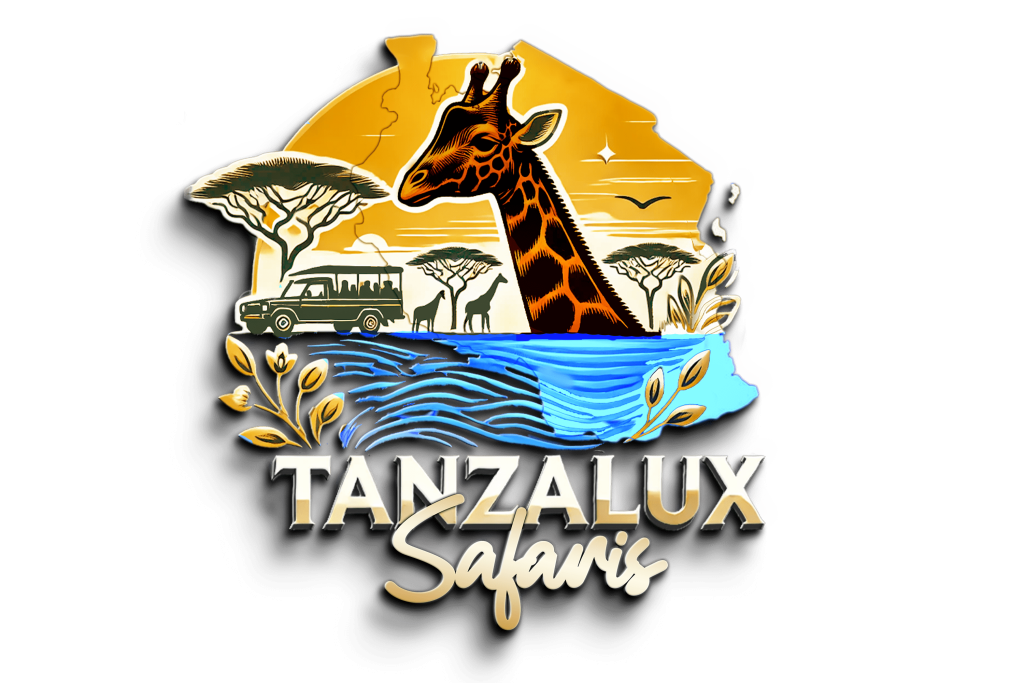Ngorongoro Crater
Discover the iconic Ngorongoro Crater

- Ngorongoro Crater
The Ngorongoro Crater, located in northern Tanzania, is the world’s largest intact volcanic caldera and a UNESCO World Heritage Site. Often referred to as “Africa’s Garden of Eden,” it boasts a unique ecosystem teeming with diverse wildlife. The crater’s floor spans approximately 260 square kilometers (100 square miles) and is encircled by 600-meter (1,968-foot) high walls, creating a natural enclosure for a multitude of species.
Ngorongoro is located in northern Tanzania, within the Ngorongoro Conservation Area in the Arusha Region. It is about 180 km (112 miles) west of Arusha city, near the eastern edge of the Serengeti National Park. The area is famous for the Ngorongoro Crater, the world’s largest inactive volcanic caldera, which is a UNESCO World Heritage Site and home to a vast array of wildlife.
The best time to visit Ngorongoro Crater is June to October (dry season) for great wildlife viewing and comfortable weather. If you prefer fewer crowds and lush landscapes, visit from November to May, with January to March being ideal for newborn animals.
PHOTOS




Why visit The Ngorongoro Crater
The Ngorongoro Crater
Visit the Ngorongoro Crater for its unique combination of stunning landscapes, abundant wildlife, and rich cultural heritage. It’s home to the Big Five and offers incredible safari experiences. The crater’s lush scenery, including its diverse ecosystems, makes it one of the best places in Africa to spot wildlife. Plus, you can learn about the Maasai culture, who have coexisted with nature for centuries. It’s truly a natural wonder and a must-see destination for wildlife lovers and adventure seekers.

